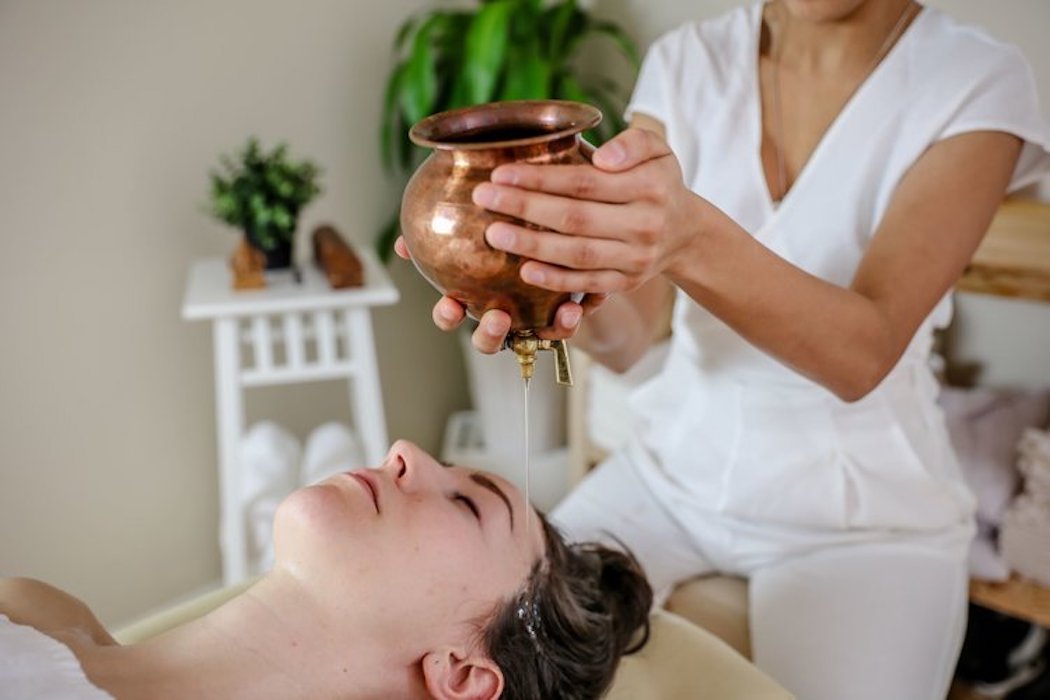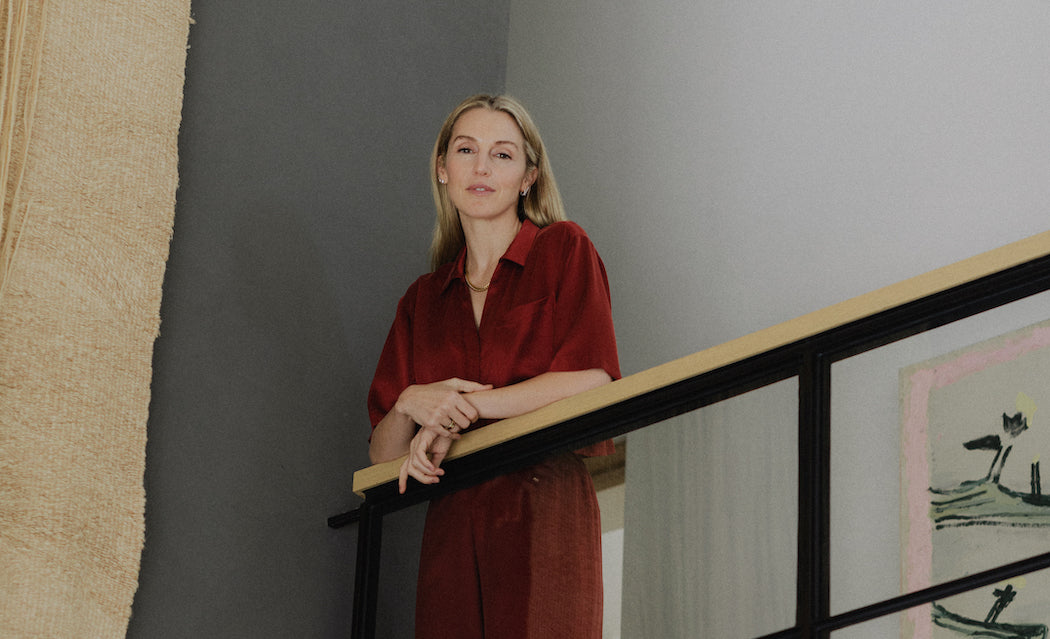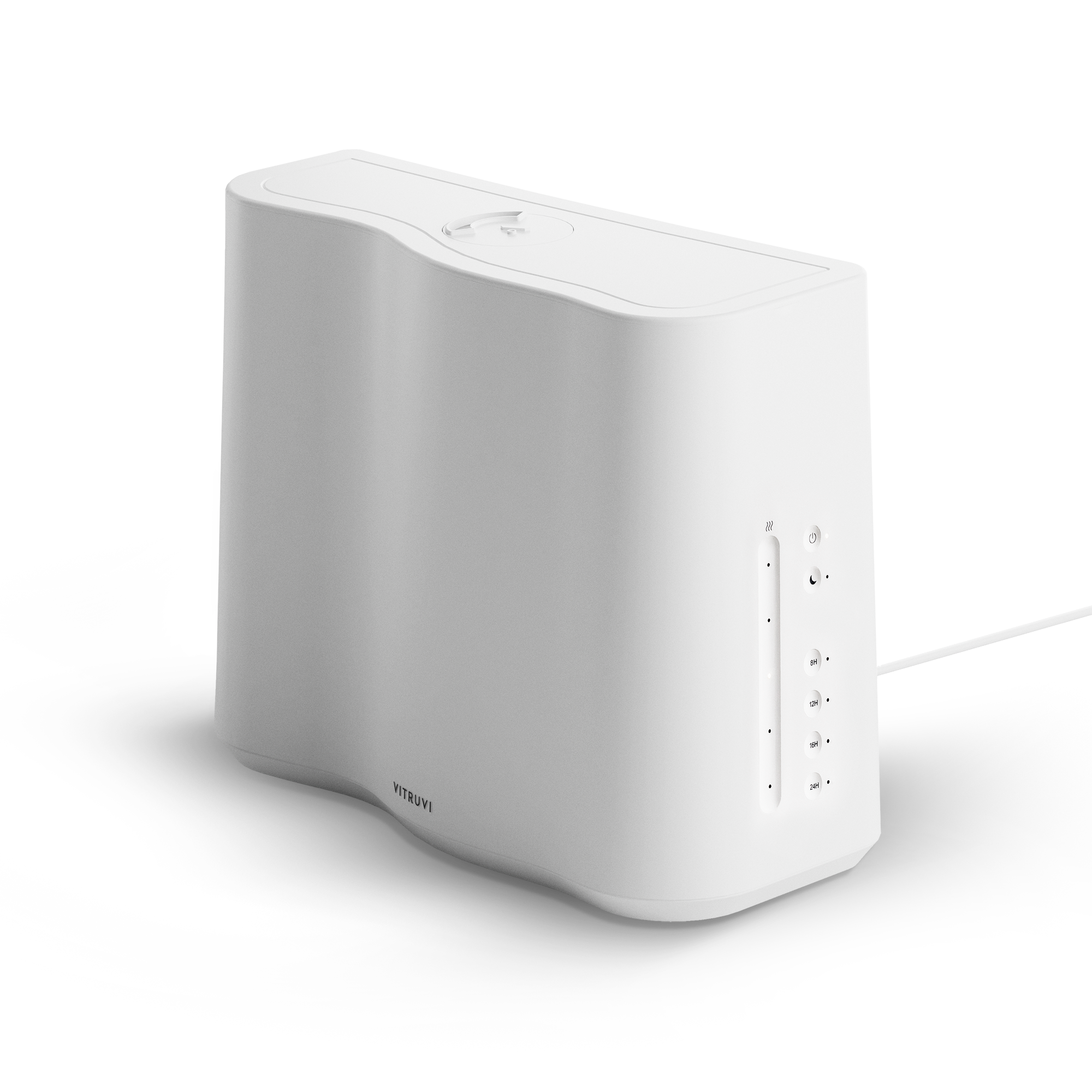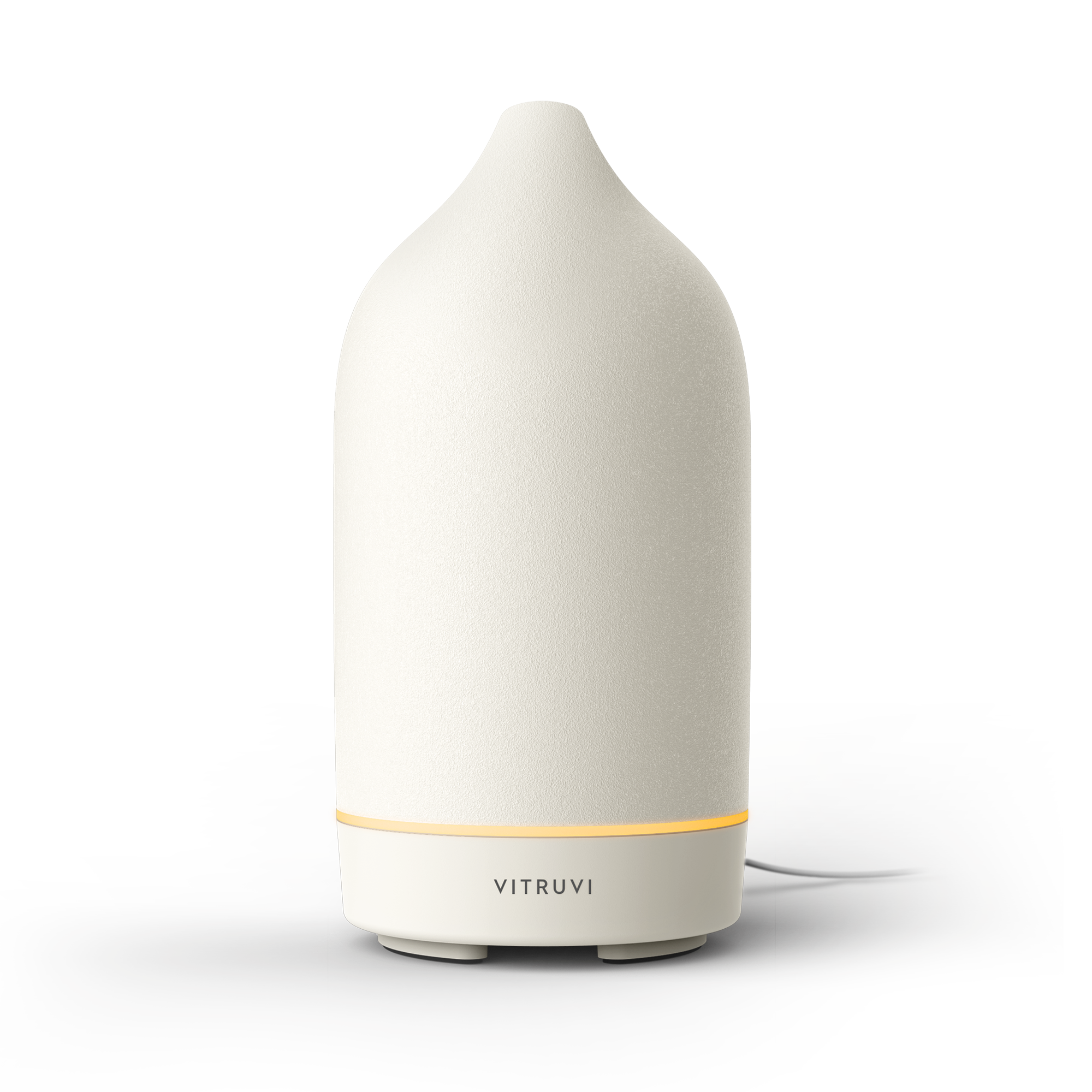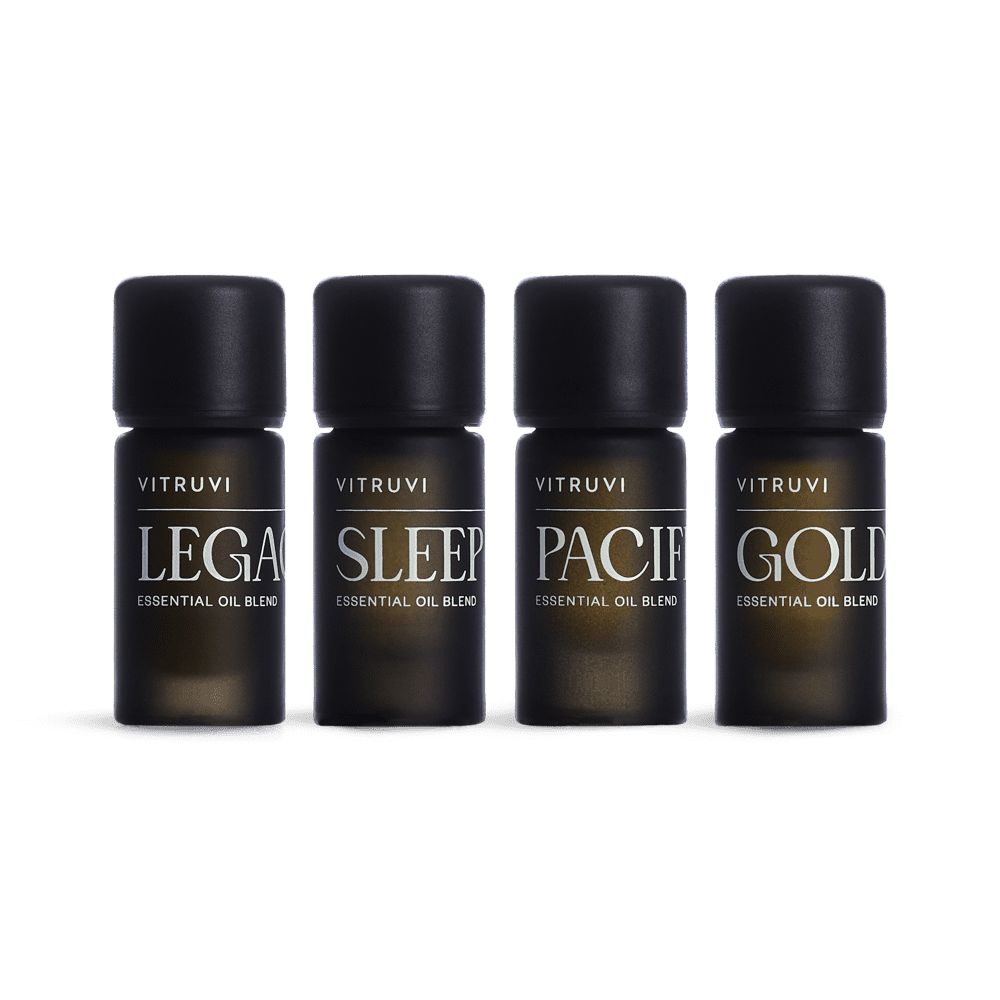Turmeric lattes might be all the rage right now, but the origins of this healthful drink actually date back thousands of years.
Like many ingredients seeing a resurgence in the wellness world today, turmeric is rooted in ayurveda—a traditional, ancient Indian healing practice.
“Turmeric lattes are now sold for such a price, but it’s literally just milk and turmeric—you don’t need to buy turmeric latte mix for $10. Just put a pinch of turmeric in your milk,” says Nayna Trehan, who cofounded Ayurveda Vancouver clinic and is a trained ayurvedic therapist. “So I think it’s interesting to see how these sort of become fads nowadays—but for the better, because more people are getting educated and using these tips.” For the record, warmed-up milk (be it dairy or not) mixed with turmeric, a pinch of black pepper, and cardamom powder is great when sipped in the evening, as it aids digestion and calms the nervous system before bed.
Trehan sees nothing wrong with people of all backgrounds harnessing the teachings and benefits of ayurvedic philosophies, but appreciates when their origins are acknowledged and understood. “Ayurveda is a medical healing system that comes from India. It’s known to be the mother of all sciences,” she explains via video. “And though it was only documented 5,000 years ago, it comes from way back. It was just kind of given family to family, generation to generation, and that’s how it was passed down, so it wasn’t actually documented until about 5,000 years ago.”
What is ayurveda?
At its most fundamental level, ayurveda looks to the natural world for answers to most of our health problems, be they related to pain, digestion, skin, disease, or anxiety. It all stems from the belief that we are made up of the same five core elements as the universe: space, air, fire, water, and earth.
“Our body, our mind, everything is made up of these five elements,” Trehan explains. “And we’re all born with our natural combination, which is what we’re most optimal at or most balanced at. But oftentimes we go away from that balance because of our lifestyle, because of our diet, because of just about everything we do. There are so many sources of imbalances. In ayurveda what we do is we recognize what that optimal state at birth was, which is what’s called your prakruti.” Through a series of questions and intricate pulse readings, ayurvedic doctors and practitioners can discern an individual’s prakruti and then identify current imbalances that might be manifesting as larger problems.
“It’s taking from nature and realizing we’re part of nature, we’re not separate from it. We treat our bodies so poorly sometimes,” says Trehan. “If we learn about the seasons, we can learn: ‘Today’s a rainy day, yes, I’m going to feel a little fatigued, so I shouldn’t eat heavy foods. You know, maybe I can eat something that will give me a bit of a spunk—some ginger or some turmeric or some cinnamon could give me that.’”
The ayurvedic diet
With those five elements in mind, ayurveda is broken up into three main doshas, or constitutions: vata (space and air); pitta (fire and a splash of water); and kapha (water and earth). Keeping these doshas in our uniquely optimized combinations is, according to its teachings, what helps us feel our best. And one simple way to do this is through food.
“Ayurvedic cooking is always customized to the person,” says Trehan. “So if your fire element is out of whack and it’s just aggravated to a whole other level where you’re breaking out into hives, you’ve got red skin, you’re getting burns, you’ve got acid reflux and all of these things, then we wouldn’t be giving you so much mustard seed and turmeric and ginger, because those are all heating spices.” Instead, she says, she’d introduce cooling spices like fennel and coriander.
Aside from diet, one of the other main aspects of ayurveda deals with the physical body. At Trehan’s space in Kitsilano, they offer consultations and sell certain spices and herbs, but they also provide treatments that combine relaxation with core ayurvedic healing.

“One of the cornerstones of ayurveda is called abhyanga massage. Abhyanga is a full-body warm oil massage, and it’s very different from a massage that you would get from an RMT,” she explains. “You use about 300 or 400 millilitres of oil on one body, so it’s a lot of oil; you’re swimming in oil.” She describes it as a repetitive synchronized massage that focuses on vata, or space and air. “This is actually the core concern in the West: anxiety, sleep troubles, stress. We’re all working beyond our capacity and we can’t lower that demand, we just have to increase our capacity,” she continues. “So abhyanga helps to essentially calm the nervous system, it really helps to bring grounding into the system, which is something essentially missing in our lifestyle these days.” Most clients, she says, fall asleep during the treatment: “It becomes like a spiritual experience much more than that deep-tissue style massage; we’re not trying to just remove one knot, we’re really trying to calm the person to a level where the healing happens itself.”
For Trehan—who grew up in an Indian household and became personally invested in ayurveda when she was a teenager—providing these holistic solutions is a service to her community.
“That’s the intention we started with, is just to have a purely authentic ayurvedic experience where you can get the treatments you would get in a village in India, that sort of authenticity and quality of treatments,” she says. “From the get go, we worked with ayurvedic doctors also to keep that essence of it. So people are not just coming to us for basic relaxation, but really to treat themselves and go deeper.”

